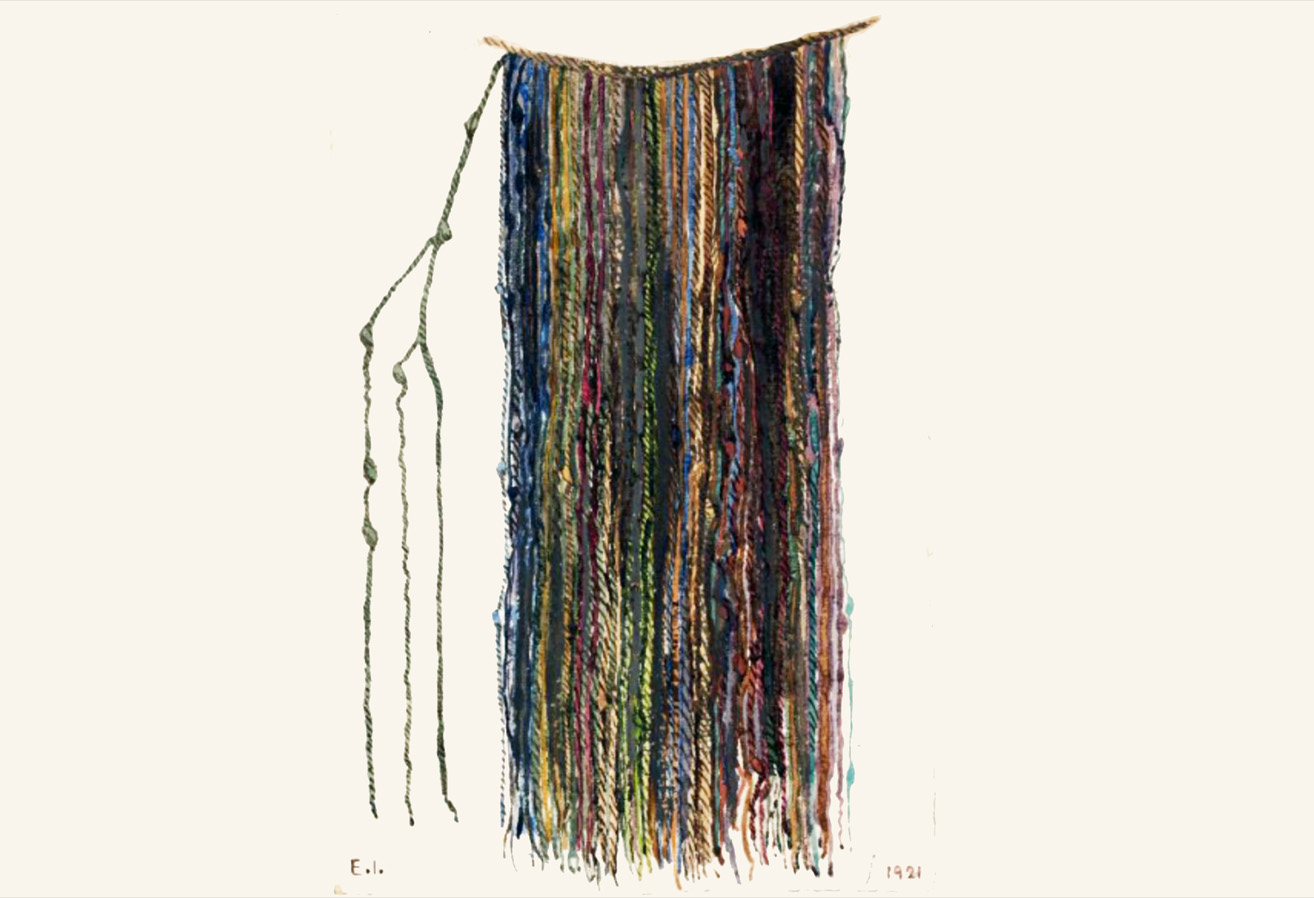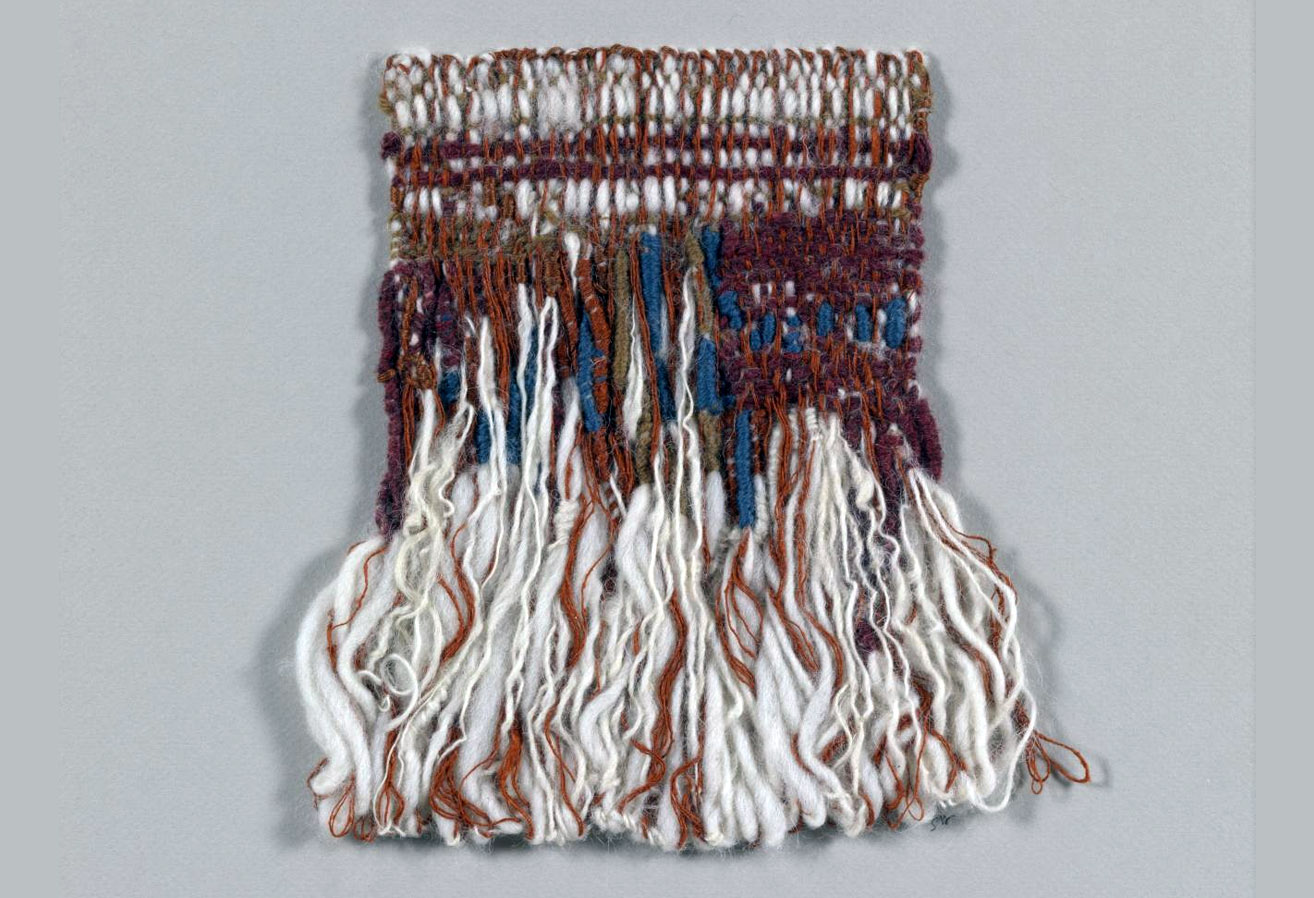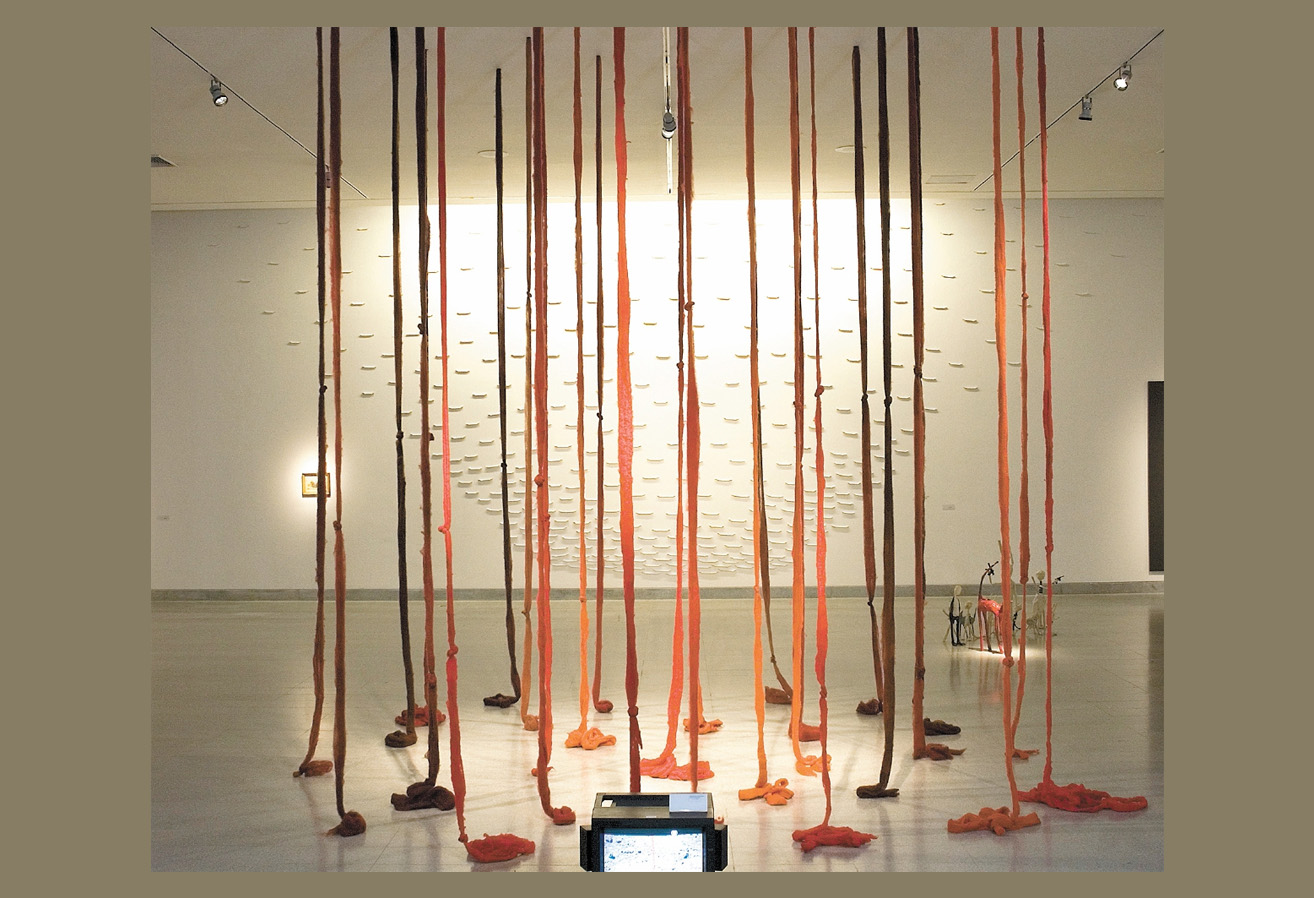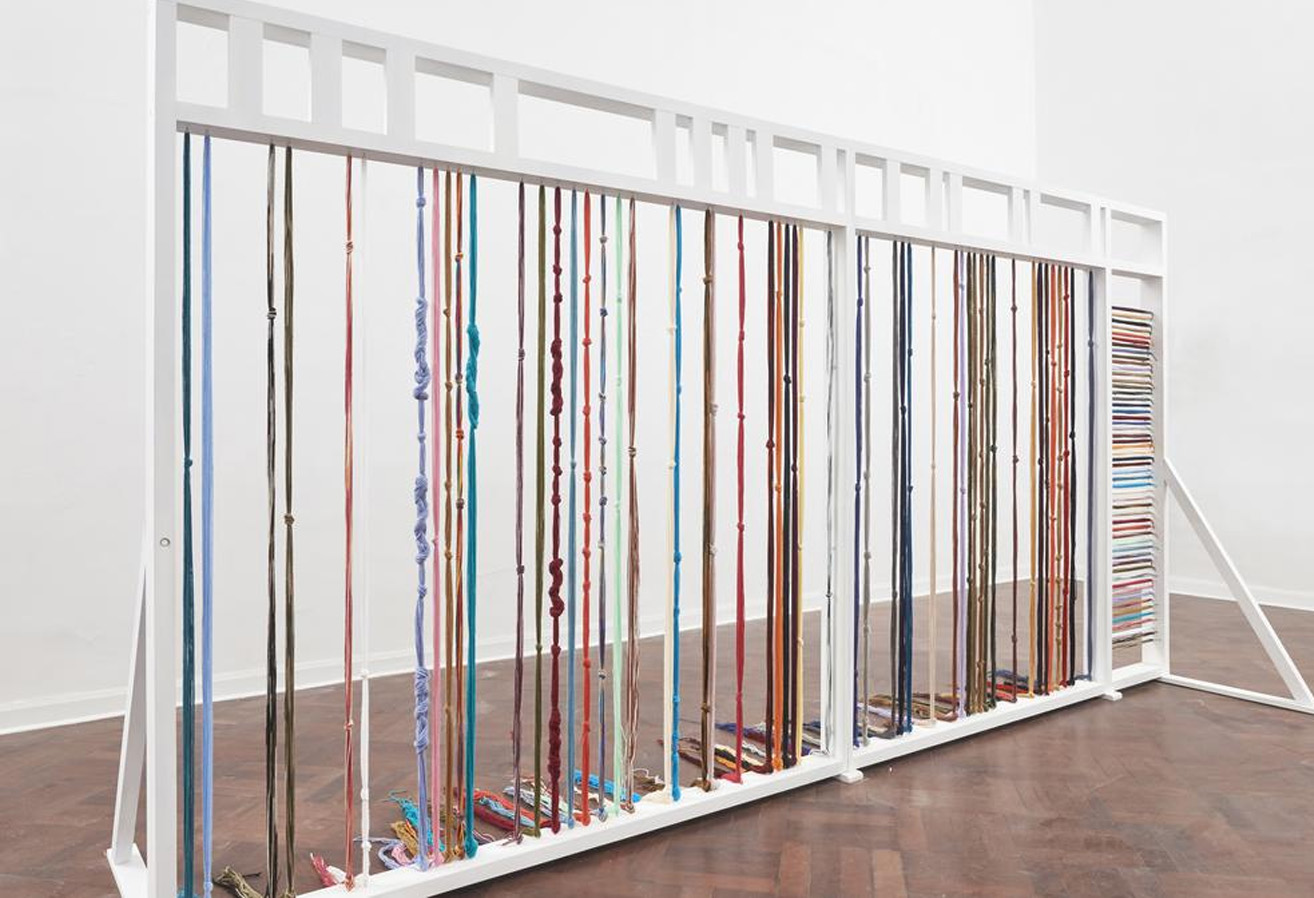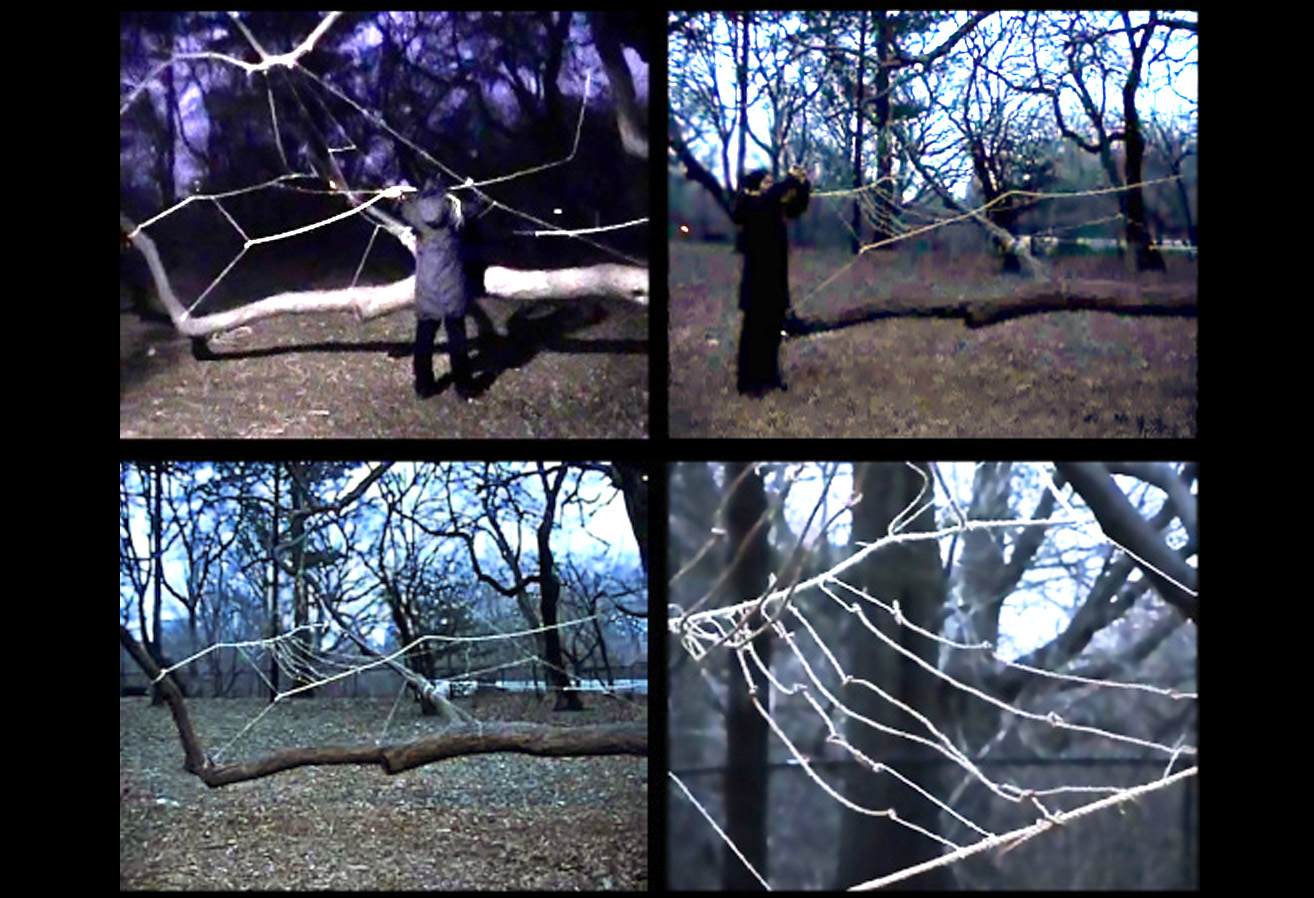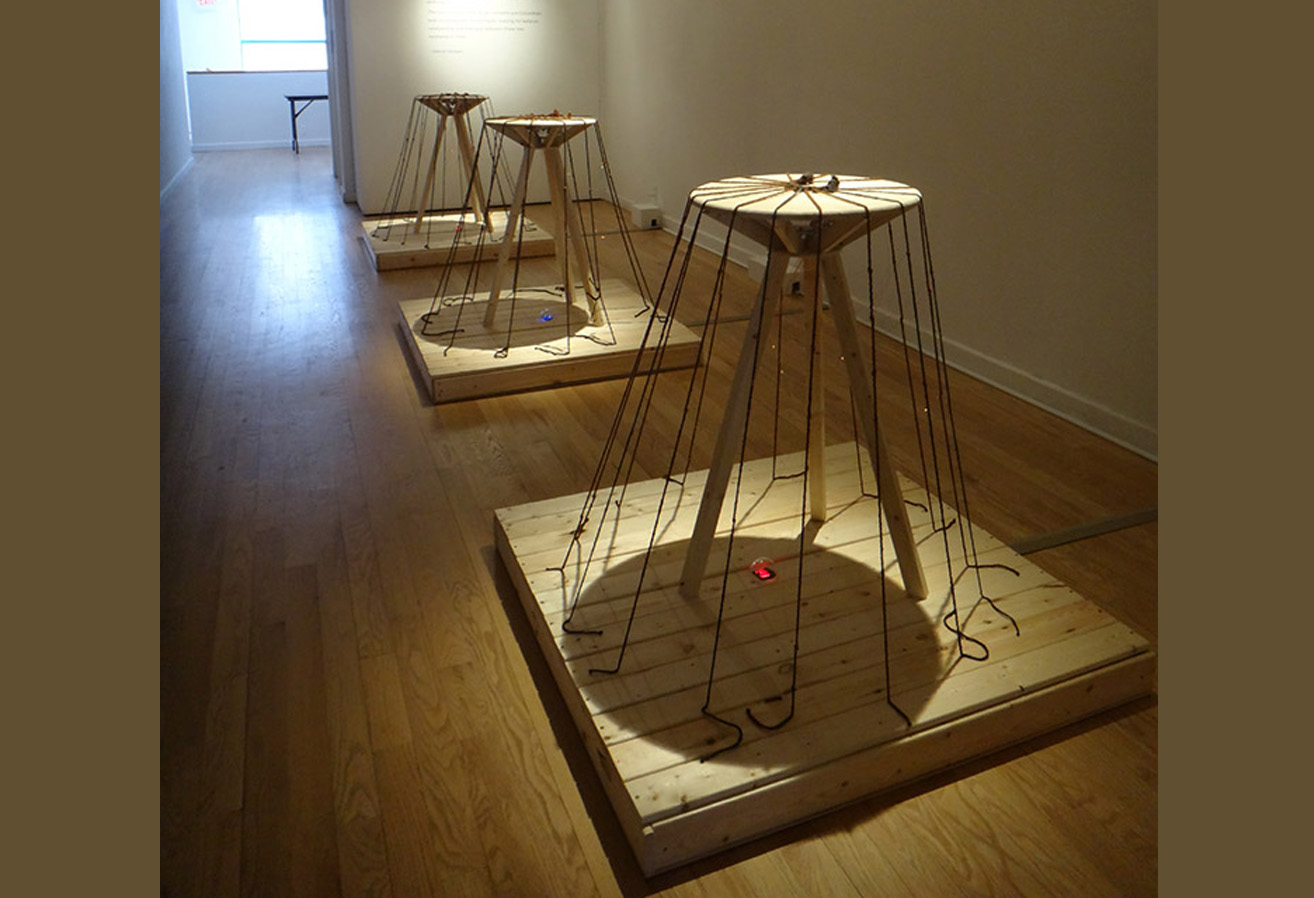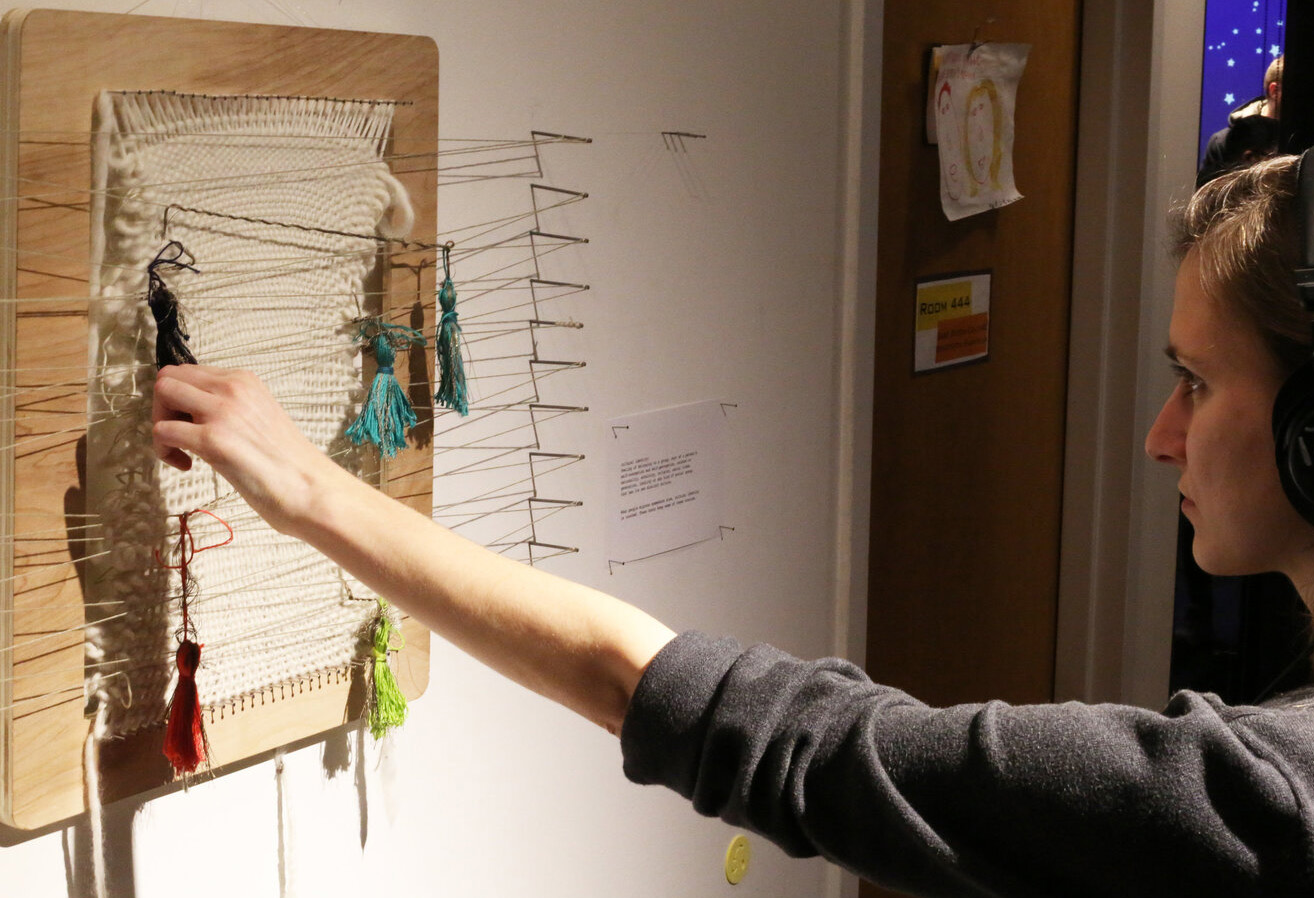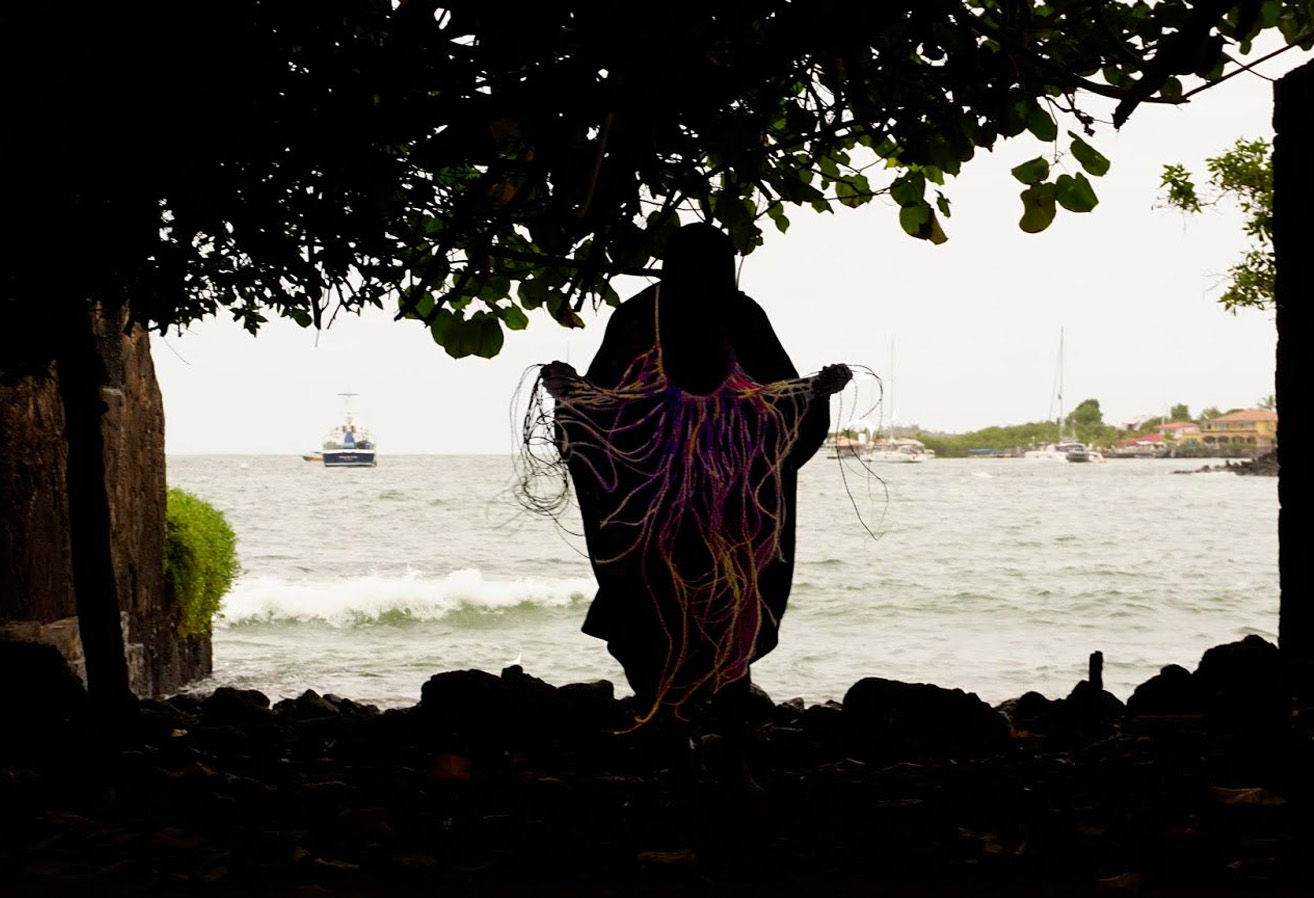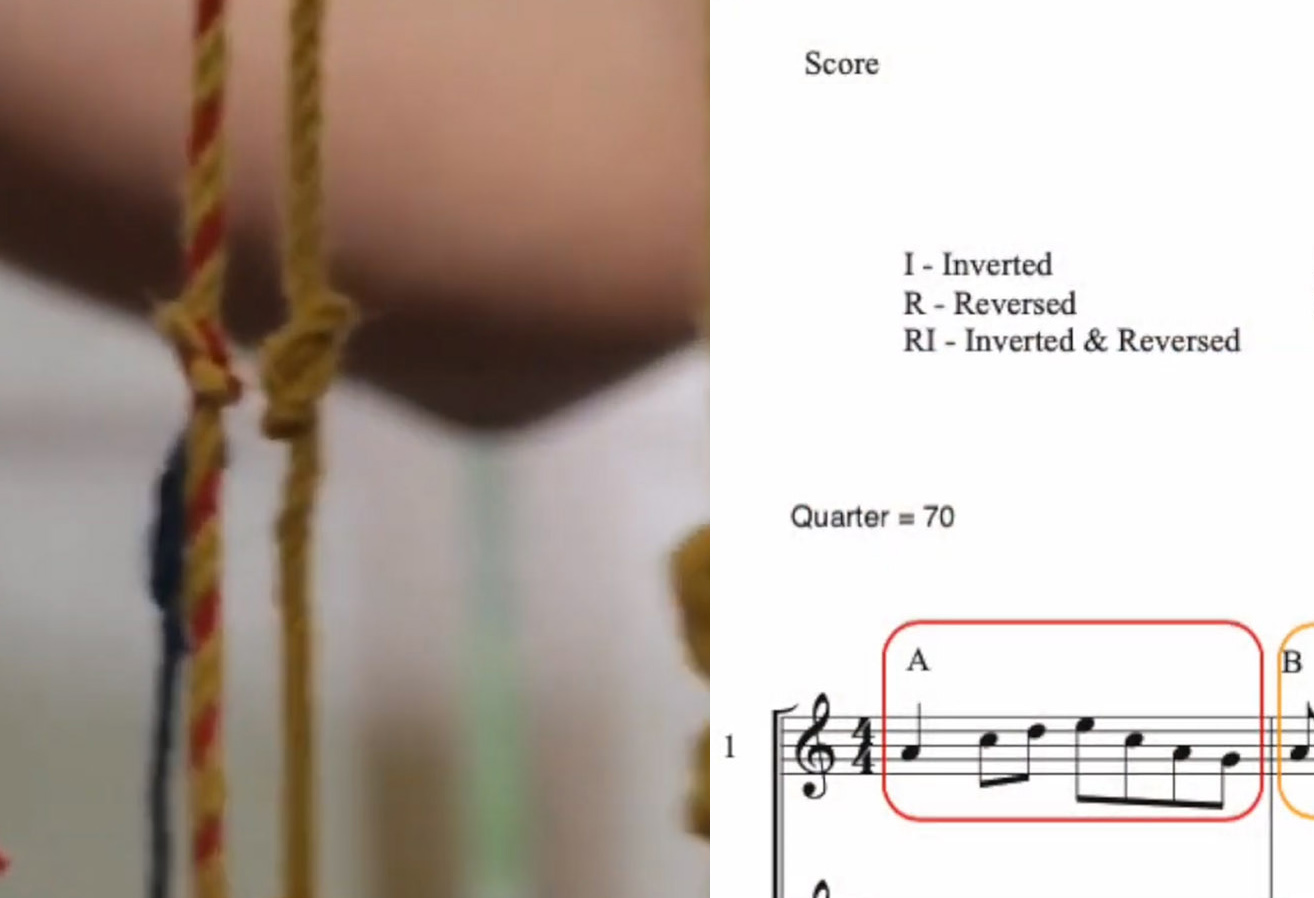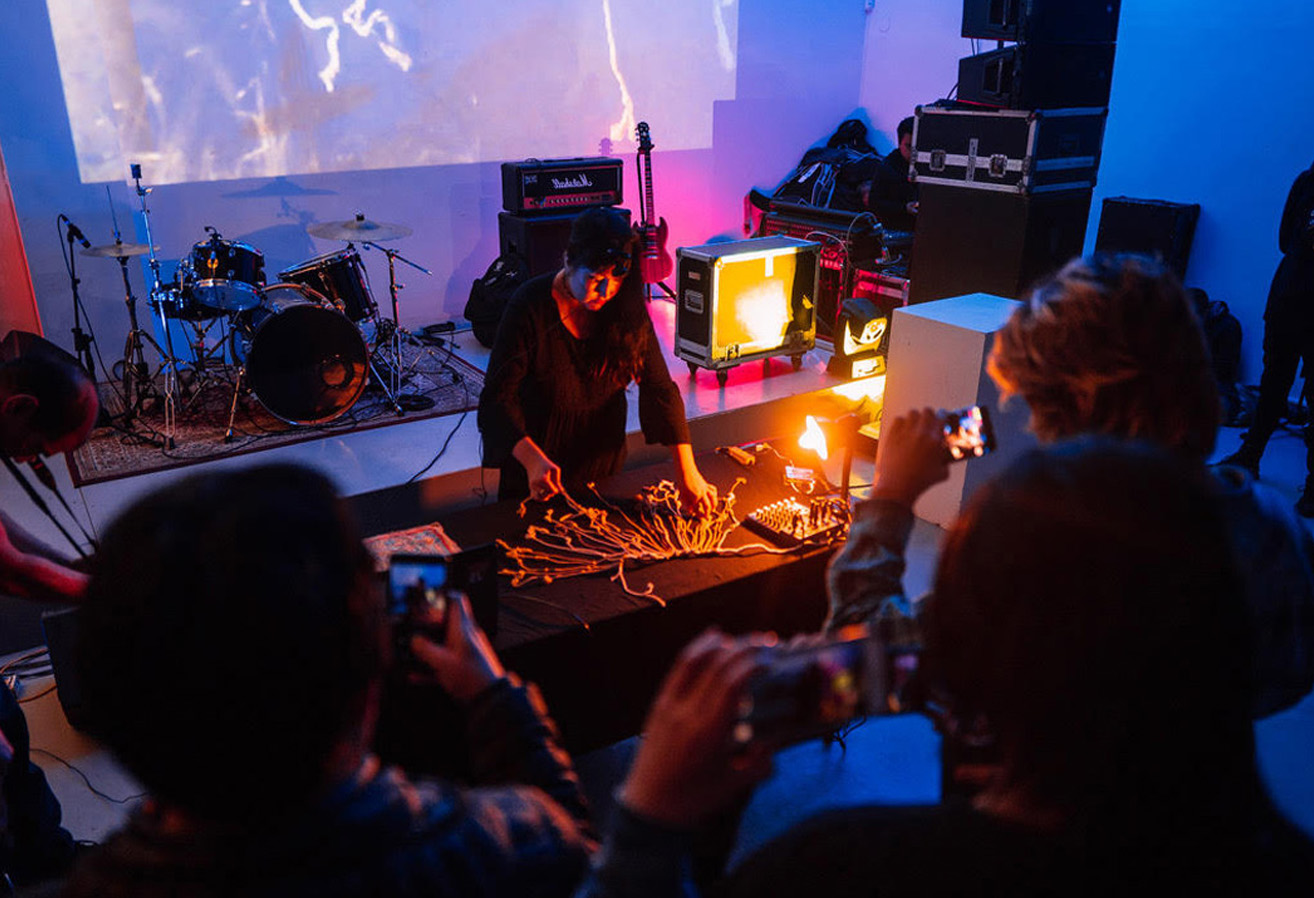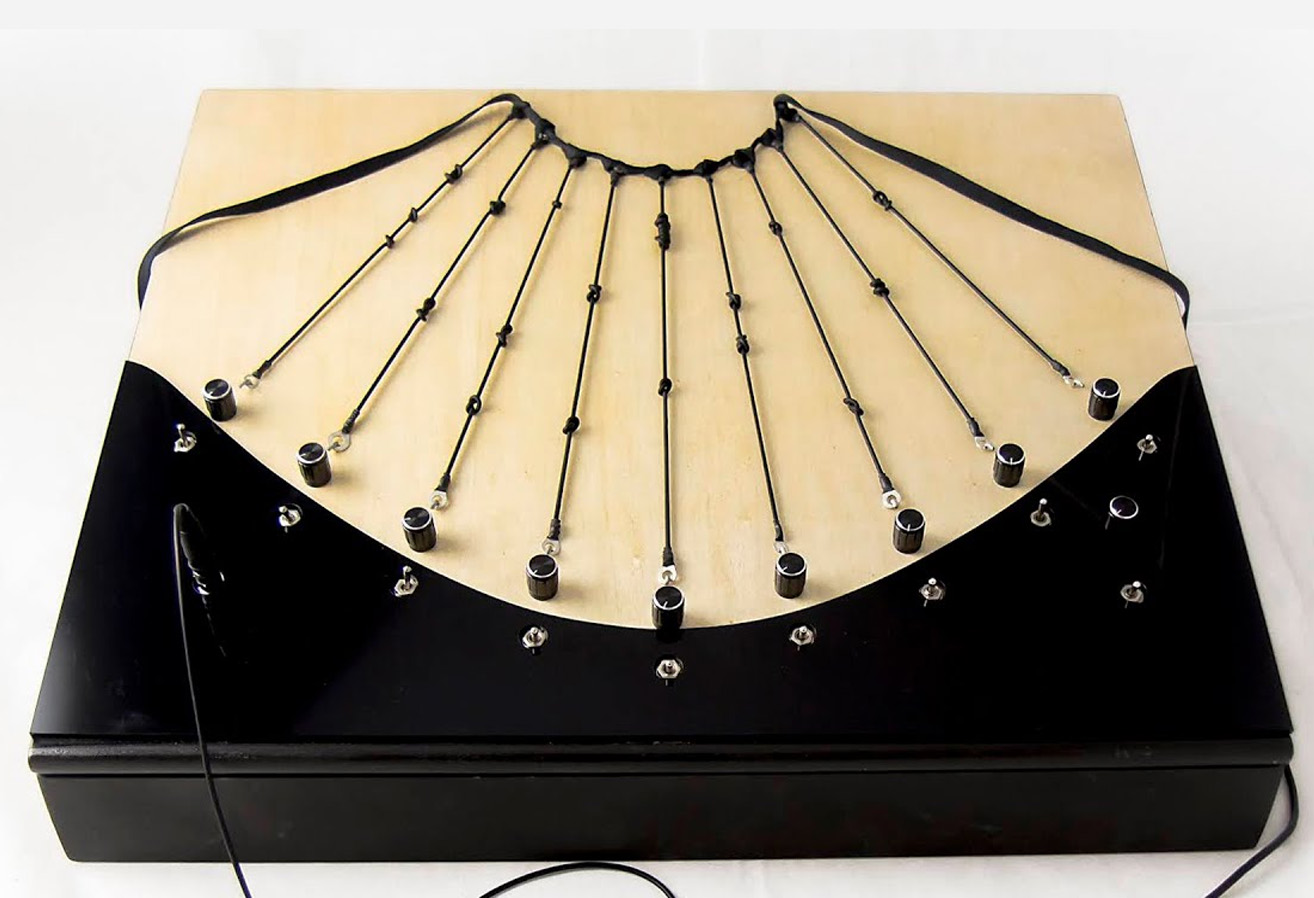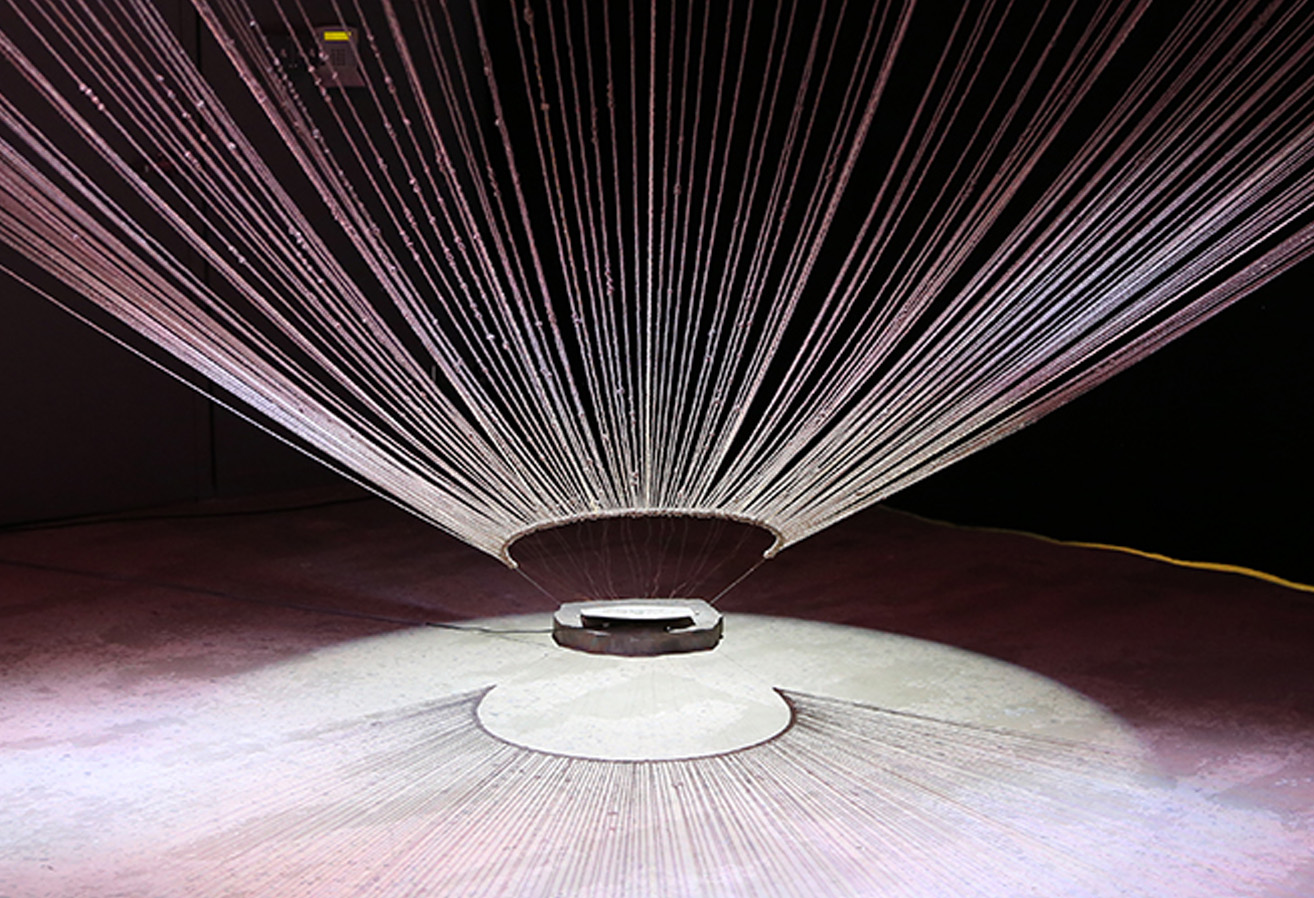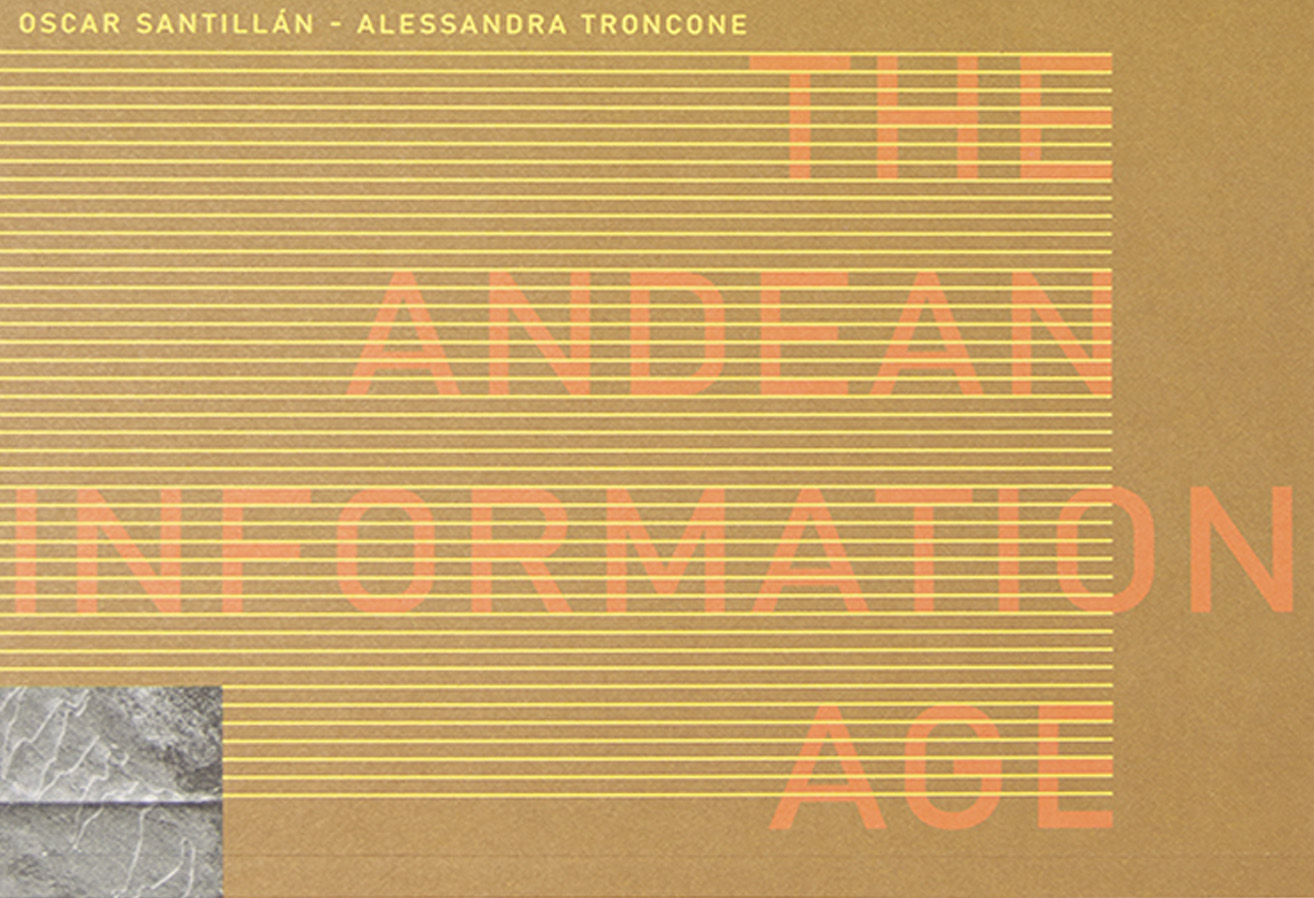We are the Technokhipumancers, also called Khipunks or Neokhipumancers, part of the extended movement of the now called Neokhipukamayoqs; we define ourselves as the third generation of a long but not yet recognized artistic trend in Latin American arts and beyond, whose name we now chose to define ourselves with, refers to the Andean experts of the Inca period, the Khipucamayoqs, the specialists who once could decipher and code the content of data with knots, within the rope-based devices known as Khipus, memory-storing instruments that today enjoy a renewed interest both by researchers and artists immersed in technological topics.
Knowing that the Khipukamayoqs survived beyond Colonial times, and being aware of the possibility that there could be Andean experts capable of interpreting the data encoded in these instruments living in the Andes, we openly recognize the Khipu as part of the culture of various peoples inhabiting the region. In this context, we choose to position ourselves as the heirs of a millennial tradition where the prefix "Neo" is what marks a division that is, in practice, more linked to the cultural milieu than to a temporal framework: as we resignify these artifacts of pre-Columbian origin within the Modern and Contemporary arts, we highlight its long history that goes beyond archaeological remnants.
It is in the recognizing of the Khipu as living culture where we begin to consider a re-reading of Andean knowledge from our mostly globalized point of view yet with the respect and responsibility that comes with it: many of us are South Americans, and, as such, these instruments and their associated knowledge are part of our own cultural heritage. Yet, confronting current problematics that now make obvious the marginalization and mistreatment of our brothers and sisters, the Indigenous peoples of the Americas, we now make explicit our commitment on placing these interests and needs above, in case we come from urban or more Westernized areas.
It is now our mission that this movement, and all of its multiple manifestations, that is, whenever a Khipu is used within the Arts, it should be recognized as part of a movement originating in South America a hundred years ago at the writing of this Manifesto. We are aware that, by now, the trend has long crossed the borders of the Andean area, thus, the fact that it was born at the foot of the Andes in the beginning of the 20th Century becomes extremely relevant as we now present the Neokhipucamayoq art movement as another branch of the avant-garde of Global Modern Art.
Our intention now is first to define it as a cultural trend within the Arts that started originally because of the influence of the Latin American Indigenismos, that controversial yet relevant art movement of the early nineteen hundreds that contributes to the forming of the characteristic Latin American philosophies and arts of our days and that in turn led Elena Izcue, in 1921, to the painting of a Khipu as part of her research regarding pre-Hispanic design in the Andean zone: it is for this that we take her as the first Neokhipucamayoq, our mother that once tied the first knot in the rope of the history that today we are finally writing.
Like many Indigenistas, most of the artists that conform this Neokhipucamayo movement are mestizo. But, unlike those who defined that early modernist movement, who romanticized their autochthonous heritage for their own benefit, we start by recognizing such project as failed if seen from a social (albeit not artistic) perspective, as it served to perpetuate colonial structures and reinforce hierarchies that are seen throughout Latin America to this day. Therefore, we will maintain a critical position even of our own cultural and intellectual practice, always consulting the people that still maintain the traditions to which we refer to.
In this line, both of our origins and our practice are taken as syncretic, for many of us, an actual hybridization between the Indigenous and the European: we assume our mentality as influenced by Globalization and Western hegemony, but for us, not exclusively. We do not place ourselves above Native Andean peoples, on the contrary: while some embrace their indigenous origins, some have more integrational stances and are interested in learning while becoming allies of Indigenous peoples, now defining ourselves in between these two worlds, taking advantage of our condition of intercultural medium to attempt the re-structuring of a hierarchy where the higher levels have been conformed by human groups of European heritage that dominated in a scheme where their arts and sciences are taken as the most advanced since the Americas were invaded. Thus, in the new hierarchy proposal that we put forward, it is this Pan-Andean Thought System of pre-Columbian origin takes the leading role when we talk about the South American region in particular. Although we dream with a non-hierarchical human society, we consider that this new framework is imperative as original populations of South America have been silenced and kept away from being part of social and scientific rethinking, so it is of extreme importance to allow these groups to guide the path towards the Future of Humankind. Our ancestors characterized precisely by developing civilizations, architectures and scientific techniques that took as starting point the harmonic relationship with the Natural World, knowledge that groups inhabiting the Andean area currently maintain; the notion of ecological equilibrium as base for survival that leads to live together with the land they inhabited, not over it. As we know, this awareness is supreme knowledge now. It is advanced though, while being elemental. Our position is neither an inclination for "primitivism" nor a "good savage" ideation: these thought systems are complex as they imply an integration in between aesthetics, informatics and ecology.
Based on this fact, and using as an example an architecture that always took integration with its surroundings as the most important factor, we now propose the reconsideration of contemporary technologies ´ design as for them to be in dialogue with an indigenity that is characterized by having a profound connection with their lands, expressing in an intricate philosophy and a science that we do not fully understand up to date, as in the case of the coding system used in the Khipu itself.
Starting the process of distancing from nature since the mind believed itself to be separated from the body, we take the tool that as what initiates and / or ends up cutting the link between what we believe to be and the environment, once we become aware that, with it in our hands, we can re-sculpt that natural world that we now handle only as a malleable receptacle, of which our own body is really a part of. That is why today we want to rethink the concept of tool to think of it as an interface, starting by assuming that human cognition would not be what it is without the ability to develop these, that is, without technology, now taken as the other layer of mediation between human experience and reality.
In this line, the various techniques and their systematization result, among other things, in the planetary cultural variation that we now currently perceive. Knowing this, we must begin to find common ground and learn from the various cultures and their techniques which would always be informatics that go beyond the analog / digital binomial. We take this as the only way to fight against the current technological / informational monopoly that is building a present and a future that does not include all peoples nor takes into account the planet and its species.
And thinking of that planet not as what hold us but as what we are part of, we consider that the rethinking of the re-union between body and mind must be understood as a symbiosis between nature and technology, recognizing that a profound idiosyncratic restructuring is urgent, starting from human culture itself, as inseparable from technology as techné.
Therefore, in these times of climate emergency, it is imperative not only to question the materials used in our practice nor their energy consumption nor their carbon footprint, but their design, symbolism and historicity, so to go beyond the epistemic duality of control vs. liberty (understood as free will or power and dominance) that the concept of techné leads us to, so to start talking about cohesion, assistance, integration and harmony, and to design technology for these characteristics.
We cannot speak of integration without first liberating ourselves from the hierarchical value system applied to sensory experience, led by an extreme capitalization of the visual that is followed, at a distance, by the impact of the sound, leaving aside other perceptions and subsequent ways of reconstructing reality, which are also brought forward when one speaks of the Khipus. It is worth noting that this method of data storage is characterized by its tactility, bringing us to the body, to an experience that we share with the rest of humanity: thanks to touch we recognize ourselves in an intimate and personal way. Rubbing, pulling, stretching, caressing and knotting are concepts that go beyond what is commonly used when it comes to the design of human-computer interfaces, for example: by the devices developed by the Technokhipukamayoqs, inspired by the textile instrument, the same discipline, that of design of interfaces, is being reformulated.
After all, our proposal is inserted into the multitude of movements that currently propose the building of new ontologies of non-Western origin that are closer to Nature, ontologies that, however, are being defined within that West that is undoubtedly the dominant culture and that insists on placing itself above any other variant of human thought. However, it is seldom recognized that this same Western knowledge has been formed thanks to external input and appropiation, which seems to be a type of endemic practice of epistemic extractivism, einforced to this day: that is why our Khipumancer ideal is to rethink this history of Arts and Sciences so to finally place all branches of human development in the same hierarchy, where the inversion of the orders of power referred before would be the first step.
We, the Technokhipumancers, or simply Khipumancers (neologism that refers to the term coined by the anthropologist Frank Salomon when referring to the rare but still existing pan-Andean practice of reading the future in the Khipus) are visualizing another possible future for humanity through the re-reading of the Khipus as an oracle.
In order for this future to be achievable we consider that another technological narrative from the arts is imperative, one that will begin with the study of divergent technological expressions of the past and present. This mainstream history of the technique, written mostly by The Academy and treated as linear and unique, always ends up presenting any other technical knowledge system as primitive, as an ancient remnant or as a curiosity: the hegemonic Technoculture only sees in the European Enlightenment the great awakening of the episteme and this ends as the main path to validate its position in the world´s cultural hierarchy. Therefore, we highlight that the Neokhipukamayoq movement was born, is made, and is now defined from South America towards the World, recognizing that, by now, it has spread beyond its original borders, already counting on representatives of non-South American origins closer to the hegemonic cultural centers, those who of course are welcomed with open arms as long as they recognize what is being proposed with in this Manifesto.
Finally, any person, scientist or artist can self-identify as a Khipumancer and a Neokhipukamayoq: this text will be open to editing and will be modified depending on what lays ahead of us. Nevertheless, we consider that, when referring to the Khipu in any research or work, it is necessary to take into account the points included in this Manifesto, avoiding presenting the Khipu as an instrument of the past only, considering it as part of living traditions of the Andean peoples, always recognizing their origin in the Contemporary South American Arts one hundred years ago at the date of writing this Manifesto.
